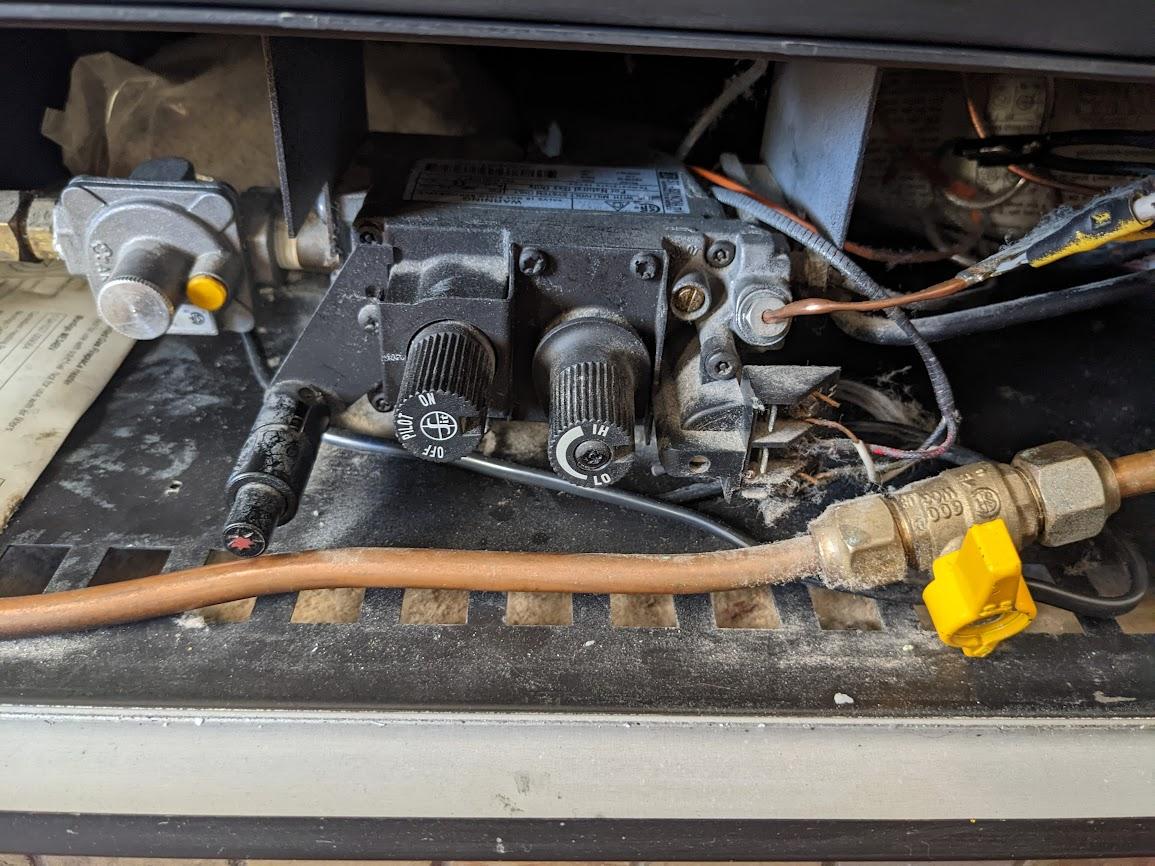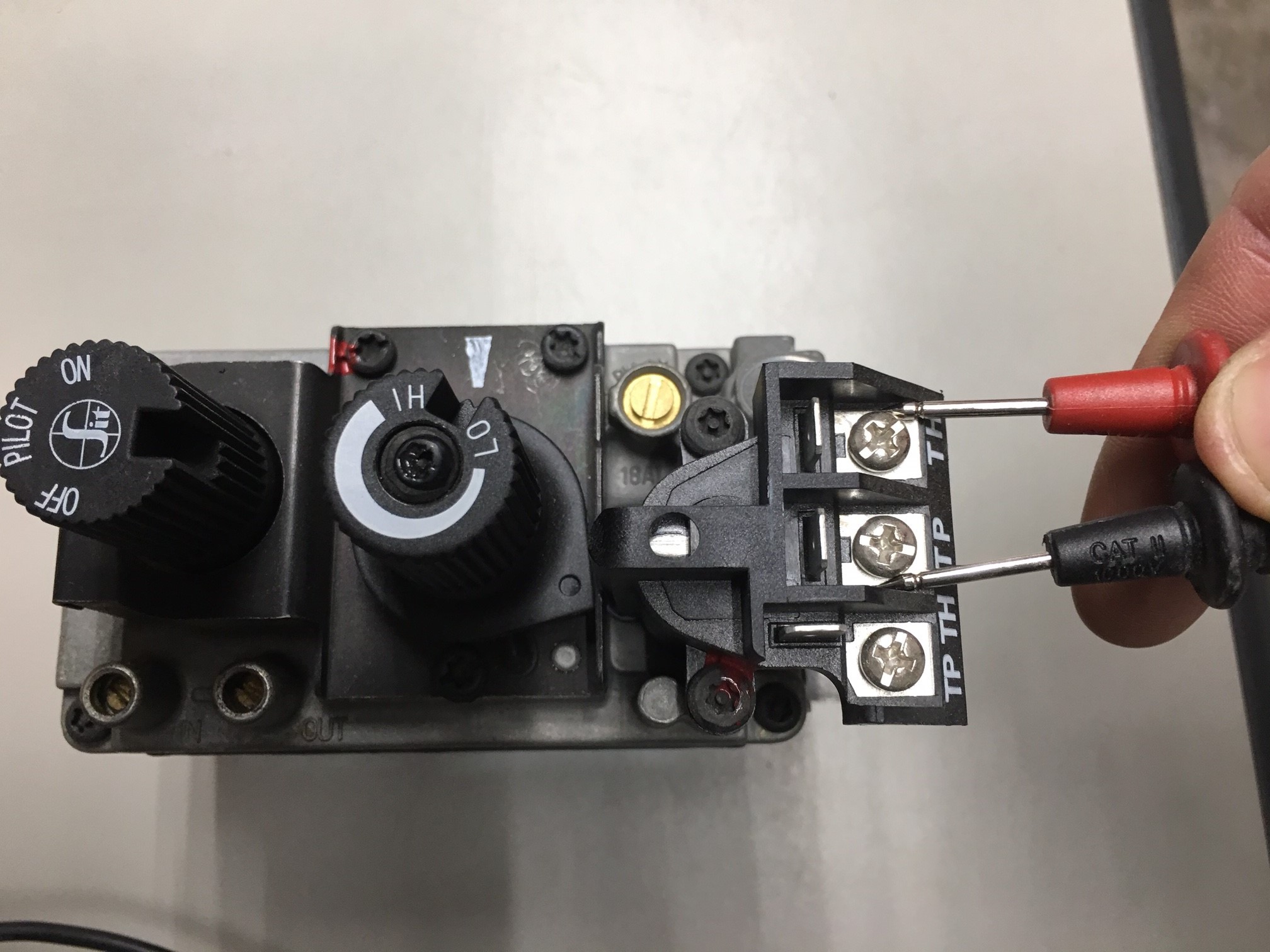Gas Fireplace Gas Valve Replacement

The gas valve is a critical component of any gas fireplace, acting as the gatekeeper for the fuel that creates its comforting warmth. When this valve malfunctions, it can lead to a fireplace that won't light, flames that are too high or too low, or, in rare cases, a gas leak. Understanding when and how to replace a gas fireplace gas valve is essential for homeowners, HVAC technicians, and facility managers alike. This article provides a comprehensive guide to diagnosing valve issues, selecting the right replacement, and safely performing the replacement process.
Recognizing the Signs of a Failing Gas Valve
Before jumping into a replacement, it's important to accurately diagnose the problem. Several symptoms can indicate a faulty gas valve:
- The fireplace won't light: This is the most common sign. If the pilot light won't ignite or stay lit, or the main burner fails to activate after the pilot is lit, the gas valve could be the culprit.
- Pilot light issues: A pilot light that is weak, flickering, or goes out frequently can point to a gas valve problem, especially if the thermocouple has been ruled out.
- Unusual flame size: A gas valve regulates the gas flow to the burner. If the flames are excessively high or unusually low, even after adjusting the gas valve settings (if adjustable), the valve may be malfunctioning.
- Strange noises: Hissing, clicking, or buzzing sounds emanating from the gas valve itself can indicate internal problems.
- Gas smell: While a gas smell always warrants immediate attention (evacuate the area and call your gas company), a persistent odor around the fireplace, even after the unit is off, could indicate a leaking gas valve. Never attempt to repair a suspected gas leak yourself.
It's crucial to differentiate gas valve issues from other potential problems. For instance, a faulty thermocouple (a safety device that shuts off the gas supply if the pilot light goes out) can also prevent the fireplace from lighting. Similarly, a clogged burner or blocked venting system can affect flame size and stability. A thorough inspection is always necessary.
Selecting the Correct Replacement Gas Valve
Choosing the right replacement gas valve is paramount for safe and efficient operation. Gas valves are not universal; they are specific to the fireplace model and gas type (natural gas or propane). Here's what to consider:
- Gas Type: Ensure the new valve is designed for the correct gas type. Using a valve designed for natural gas with a propane fireplace (or vice-versa) is extremely dangerous.
- Valve Capacity (BTU Rating): The valve's BTU (British Thermal Unit) rating must match or exceed the fireplace's BTU rating. This information is typically found on the fireplace's nameplate or in the owner's manual. A valve with a lower BTU rating will restrict gas flow and reduce the fireplace's heating capacity.
- Valve Type: Gas valves come in different types, including millivolt, standing pilot, and electronic ignition. The replacement valve must match the original valve type.
- Model Number: The best approach is to find the exact replacement valve using the fireplace's model number. Consult the fireplace manufacturer or a reputable HVAC parts supplier.
- Connection Size: Verify the inlet and outlet pipe connection sizes match the existing gas lines.
Example: A homeowner has a natural gas fireplace with a BTU rating of 30,000. The existing gas valve is a millivolt valve with ½-inch inlet and outlet connections. The replacement valve must also be a millivolt valve designed for natural gas, with a BTU rating of at least 30,000 and ½-inch connections. Using the fireplace's model number, the homeowner can find the exact replacement part from the manufacturer.
Using generic or "universal" gas valves is generally not recommended unless specifically approved by the fireplace manufacturer. These valves may not have the precise flow characteristics required for optimal performance and safety.
Step-by-Step Gas Valve Replacement Procedure
Warning: Working with gas appliances can be dangerous. If you are not comfortable working with gas lines, hire a qualified HVAC technician or gas fitter.
Safety First:
- Turn off the gas supply: Locate the gas shut-off valve upstream of the fireplace and turn it off.
- Disconnect the power: If the fireplace has an electrical connection, turn off the breaker at the circuit panel.
- Ventilate the area: Open windows and doors to ensure proper ventilation.
- Use a gas detector: Before and after the replacement, use a gas detector to check for any leaks.
Tools Required:
- Pipe wrenches
- Adjustable wrench
- Screwdrivers (Phillips and flathead)
- Gas leak detector
- Pipe joint compound (gas-rated)
- Rag or cloth
- Safety glasses
Replacement Steps:
- Remove the fireplace access panel: This will provide access to the gas valve and related components.
- Disconnect the gas line connections: Use pipe wrenches to carefully disconnect the gas lines from the inlet and outlet of the gas valve. Use two wrenches – one to hold the valve and the other to loosen the fitting – to avoid damaging the gas lines.
- Disconnect the pilot tubing: Carefully disconnect the pilot tubing from the gas valve. Some pilot tubes may have flare fittings, while others may be compression fittings.
- Disconnect any electrical connections: If the gas valve has electrical connections (e.g., for a millivolt system or electronic ignition), disconnect them. Take pictures of the wiring configuration before disconnecting to ensure proper reconnection.
- Remove the old gas valve: Once all connections are disconnected, remove the old gas valve from its mounting location.
- Prepare the new gas valve: Apply gas-rated pipe joint compound to the threads of the inlet and outlet connections of the new gas valve.
- Install the new gas valve: Mount the new gas valve in its original location.
- Reconnect the gas line connections: Carefully reconnect the gas lines to the inlet and outlet of the new gas valve. Tighten the connections securely, but avoid over-tightening.
- Reconnect the pilot tubing: Reconnect the pilot tubing to the gas valve. Ensure the connection is tight and leak-free.
- Reconnect any electrical connections: Reconnect any electrical connections to the gas valve, following the wiring configuration documented earlier.
- Test for leaks: Turn the gas supply back on slowly. Use a gas leak detector or a solution of soapy water to check all connections for leaks. If you detect a leak, immediately turn off the gas supply and tighten the connection. Repeat the leak test after tightening.
- Restore power: If the fireplace has an electrical connection, turn the breaker back on at the circuit panel.
- Test the fireplace: Attempt to light the fireplace according to the manufacturer's instructions. Verify that the pilot light ignites and stays lit, and that the main burner activates properly.
- Replace the access panel: Reinstall the fireplace access panel.
Cost Considerations
The cost of replacing a gas fireplace gas valve varies depending on the valve type, brand, and whether you hire a professional. Here's a general breakdown:
- Gas Valve Cost: $50 - $300+ depending on the type and brand. Millivolt valves are typically less expensive than electronic ignition valves.
- Professional Labor Cost: $150 - $500+ depending on the complexity of the job and the technician's hourly rate.
DIY vs. Professional Installation: While a technically inclined homeowner may be able to replace a gas valve themselves, it's often safer and more prudent to hire a qualified HVAC technician or gas fitter. Professionals have the experience, tools, and knowledge to perform the replacement safely and correctly, ensuring proper operation and preventing gas leaks. Incorrect installation can lead to serious safety hazards, including fire and explosion.
Preventative Maintenance
Regular maintenance can help extend the lifespan of your gas fireplace gas valve and prevent premature failure. Here are some tips:
- Annual Inspection: Have your gas fireplace inspected annually by a qualified HVAC technician.
- Clean the Pilot Assembly: Periodically clean the pilot assembly to remove dust and debris.
- Check for Leaks: Regularly check for gas leaks around the fireplace, especially after periods of inactivity.
- Proper Ventilation: Ensure proper ventilation around the fireplace to prevent overheating.
Conclusion
Replacing a gas fireplace gas valve requires careful diagnosis, proper selection of the replacement part, and meticulous attention to safety. While DIY replacement is possible, hiring a qualified professional is often the best option to ensure a safe and reliable repair. By understanding the signs of a failing gas valve and following proper maintenance procedures, homeowners, HVAC technicians, and facility managers can keep their gas fireplaces operating safely and efficiently for years to come. Remember that working with gas appliances can be inherently dangerous and safety should always be the top priority.










